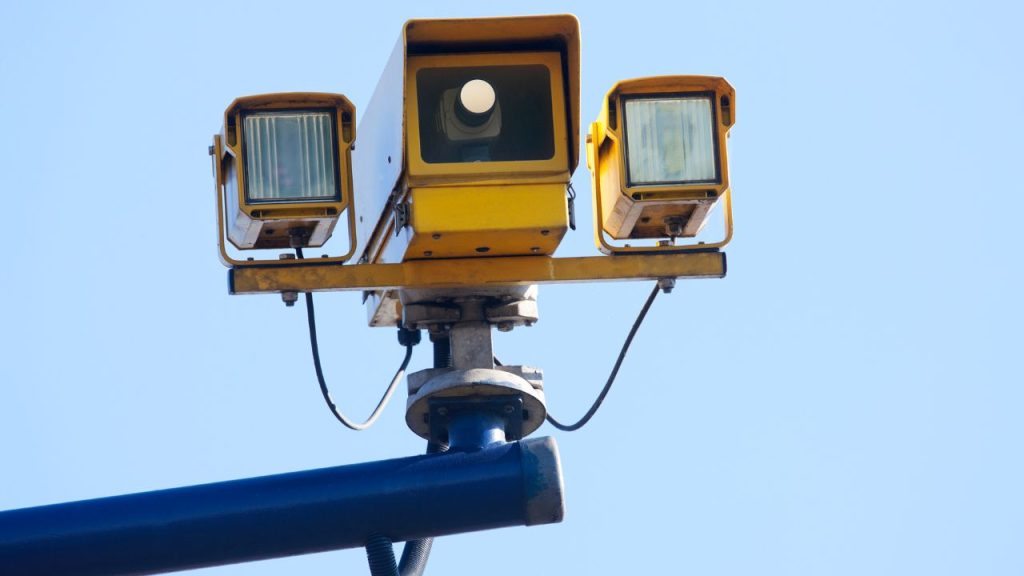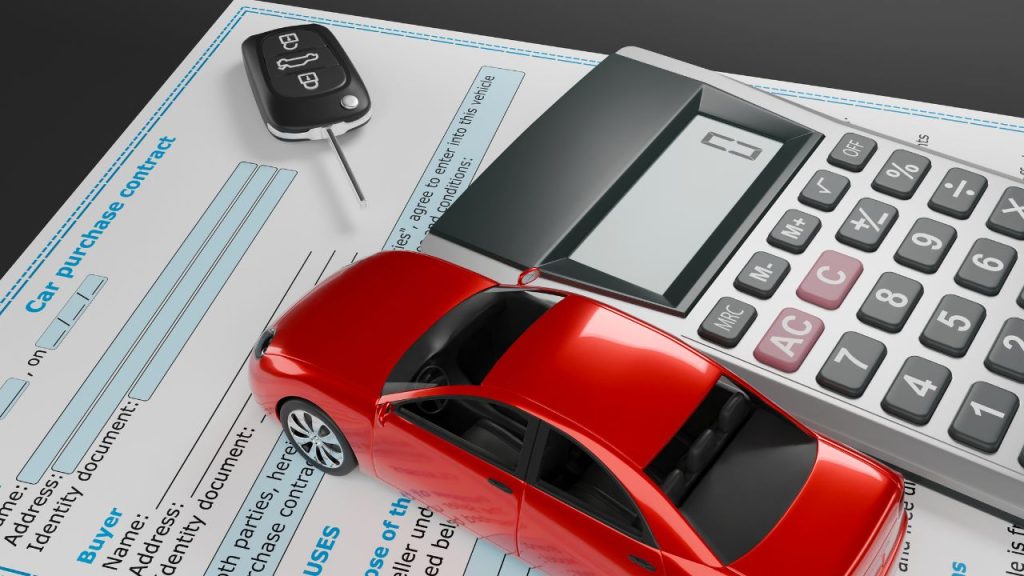Updated October 2025
Speed vans are a familiar part of Irish roads today. Some drivers see them as a nuisance; others view them as lifesaving. Either way, they are central to the country’s efforts to improve road safety and reduce accidents caused by speeding.
If you’ve ever wondered “Can a speed van catch me from the front?” or “How long does it take to get a speeding fine?” — this article will answer those questions and more. Here is the most comprehensive guide to speed vans in Ireland in 2025.
Why Do We Have Speed Vans in Ireland?
Speed is still one of the leading factors in serious road collisions. According to Road Safety Authority (RSA) data, speeding contributes to around one-third of fatal crashes each year.
Speed vans — officially known as mobile safety cameras- were introduced to tackle this. Operated under the GoSafe programme in partnership with An Garda Síochána, their primary aim is to encourage drivers to slow down and save lives, rather than just issuing fines.
The presence of a speed van has been shown to reduce average speeds in an area, meaning that even if no fines are issued, they have already improved road safety.
How Do Speed Vans Work?
At first glance, a speed van appears to be an ordinary vehicle parked on the roadside. Inside, however, it is fitted with advanced detection technology. These systems measure the speed of approaching or passing vehicles and record photographic evidence if a car is over the legal limit.

Front and Rear Detection
A common question is whether a van can catch you from the front. The answer is yes. Modern units are designed to measure speed and capture images of vehicles travelling in both directions.
This means that slowing down only after you pass the van is pointless — you can be caught while approaching it from the front just as easily as from behind.
Evidence Collection
When a vehicle is recorded speeding, the system will log:
- The exact speed
- The vehicle registration plate
- Photographic or video proof
- The time, date, and location
This evidence is then securely transmitted for processing and can be used in court if the offence is challenged.
Where Are Speed Vans Located?
Speed vans are not placed randomly. Their deployment is guided by collision data, traffic patterns, and community feedback.
Typical locations include:
- National primary and secondary roads with higher speed limits
- Motorways, where excessive speeds can lead to catastrophic accidents
- Rural accident blackspots
- Built-up areas near schools, housing estates, or pedestrian-heavy zones
Garda Safety Camera Zones
Importantly, the locations are publicly available. The Gardaí publish a list of official speed camera enforcement zones so that drivers know where vans may operate.
👉 You can check the current list here:
Official Garda Safety Camera Locations
The transparency of this system reinforces the idea that vans are intended to deter speeding, not simply to catch drivers off guard.
Types of Camera Technology
Speed vans in Ireland utilise a combination of technologies to accurately measure vehicle speed.
- Radar systems have been around for decades and work by bouncing radio waves off moving vehicles.
- Laser or LIDAR systems use bursts of infrared light to measure distance and speed with pinpoint accuracy, even in heavy traffic.
- Digital cameras provide high-resolution photo and video evidence, instantly transmitted for processing.
- Average speed cameras (SPECS), increasingly used in fixed roadside locations, measure speed over distance rather than at a single point.
This layered technology ensures that vans are highly reliable and less prone to errors than older systems.
How Accurate Are Speed Vans?
Drivers sometimes question whether vans are “fair” or whether they can produce false readings. In practice, the technology is considered extremely accurate.
All equipment is regularly calibrated and certified, and Gardaí require GoSafe contractors to follow strict procedures. If you challenge a fine in court, calibration records can be produced as part of the evidence.
What Happens If You’re Caught by a Speed Van?
When a speed van records an offence, the process is straightforward:
- The registered owner of the vehicle receives a Notice of Intended Prosecution (NIP) in the post.
- This usually arrives within a few days, though it can take up to two weeks.
- The notice will include the speed recorded, the location, and instructions for payment or appeal.
Penalties
- Standard fine: €160 and 3 penalty points (if paid within 28 days).
- Late payment: The fine increases, and 5 points are applied.
- Failure to pay May result in a court summons, with penalties that can be significantly higher.
Can You Appeal a Speed Van Fine?
Yes, you have the right to appeal if you believe a ticket was wrongly issued. Grounds for appeal could include:
- Incorrect registration details
- Evidence you were within the limit
- Questions about calibration (rare)
Appeals must be submitted quickly. If your case is rejected, you can choose to contest it in court; however, this carries the risk of higher penalties if you lose.
How to Avoid Being Caught
The only foolproof way is to obey the speed limits at all times. However, there are practical habits that help:
- Use your vehicle’s cruise control on long motorway drives to maintain a steady speed.
- Pay extra attention in school zones and built-up areas.
- Remember that vans can operate at any time of day or night.
- Don’t rely on apps or warning vans, which are mobile and can be moved frequently.
Do Speed Vans Actually Work?
There has been debate in Ireland about whether speed vans are simply revenue generators. However, independent evaluations suggest they are effective:
- They reduce average speeds in enforcement zones.
- They contribute to lowering collision rates.
- Their visibility makes drivers more aware of speed limits in general.
The public publication of safety camera zones supports the argument that the goal is deterrence, not entrapment.
Final Thoughts
Speed vans are here to stay. They are not simply about issuing fines but about making Irish roads safer for all users. By understanding how they work, where they are located, and what penalties apply, you can protect your licence, avoid unnecessary costs, and contribute to safer driving conditions.
Ultimately, the best way to avoid a fine is also the simplest: stick to the speed limit.
FAQs on Speed Vans in Ireland
▶ Can a speed van catch you from the front?
▶ How accurate are speed vans?
▶ Where are speed vans located in Ireland?
▶ Can a speed van catch you on a motorway?
▶ How long does it take to get a speeding ticket after being caught?
▶ What’s the fine for being caught by a speed van in Ireland?
▶ Can I appeal a speed van ticket?
▶ How can I avoid being fined by a speed van?

Ciaran is an automotive enthusiast with a Bachelor of Arts Honours degree in Creative Digital Media from MTU in Ireland and over three years of experience in digital marketing. His unique background combines a love for storytelling with a strong grasp of engaging content creation, making complex car topics relatable and easy to understand. Through years of managing this blog, Ciaran has expanded his automotive knowledge while helping everyday drivers gain new insights.
Passionate about demystifying the driving world, Ciaran focuses on simplifying car trends, tech updates, and practical driving tips. He believes that everyone should feel confident and informed behind the wheel, offering content that empowers readers to make smart, well-informed decisions.




